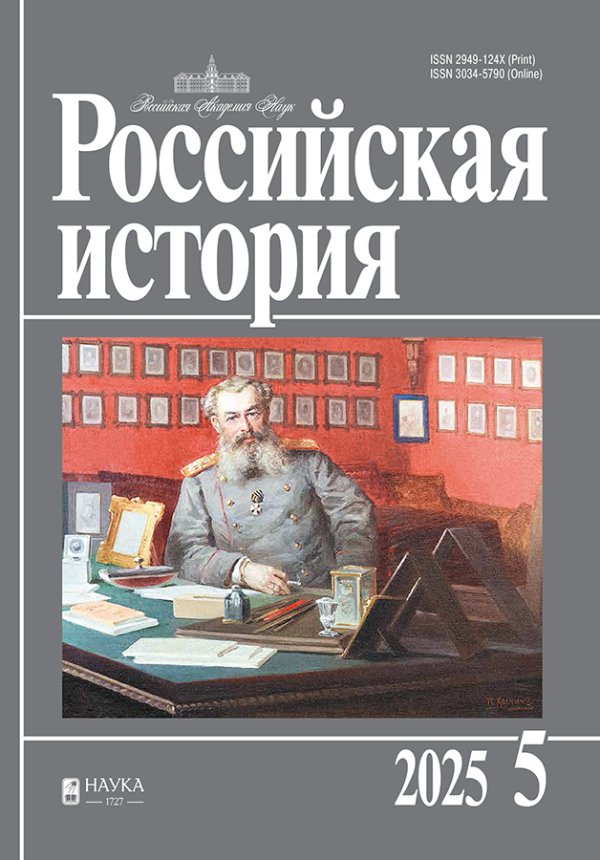The League of Nations on the road to War: the position of the USSR
- Authors: Khormach I.A.1
-
Affiliations:
- Institute of Russian History, Russian Academy of Sciences
- Issue: No 3 (2023)
- Pages: 165-178
- Section: Articles
- URL: https://journals.rcsi.science/2949-124X/article/view/145373
- DOI: https://doi.org/10.31857/S2949124X23030148
- EDN: https://elibrary.ru/ESFNXP
- ID: 145373
Cite item
Full Text
Abstract
About the authors
Irina Aleksandrovna Khormach
Institute of Russian History, Russian Academy of SciencesMoscow, Russia
References
- Война и революция в Испании. В двух томах. Т. 1. М., 1968.
- Гарсиа Х. Испания Народного фронта. М., 1957
- Илюхина Р.М. Лига наций 1919 - 1934 гг. М., 1982
- История войны на Тихом океане. В 5-ти томах. Т. 2. М., 1957
- История дипломатии. В 5-ти томах. Изд. 2-е. Т. 3, 4. М., 1965, 1975
- Киссинджер Г. Дипломатия. М., 1997
- Кораблева Л.Ю. Лига наций и урегулирование Чакского конфликта. 1928-1938 гг. М., 1986
- Корсун Н.Г. Итало-абиссинская война 1935-1936 гг. М., 1939.
- Майский И.М. Испанские тетради. М., 1962
- Международная жизнь. 1925 № 1
- Пожарская С.П. Гражданская война в Испании в контексте международной обстановки в канун второй мировой войны // Европа между миром и войной, 1918-1939. М., 1992. С. 152-172.
- Савинов А.В. Англо-итальянские отношения в период средиземноморского кризиса 1935-1936 гг. // Проблемы итальянской истории. М., 1982. С. 100-127.
- Хайцман В.М. СССР и проблема разоружения. М., 1959
- Ходнев А.С. Международная организация в ожидании приговора? Лига наций в мировой политике. 1919-1946. Очерки истории. Ярославль, 1995
- Хормач И.А. Возвращение в мировое сообщество: борьба и сотрудничество Советского государства с Лигой наций в 1919-1934 гг. М., 2011
- Хормач И.А. Советский Союз на Нионской конференции по борьбе с пиратством (10-14 сентября 1937 г.)". // Российская история. 2015. № 2. С. 118-132.
- Хормач И.А. СССР в Лиге наций 1934-1939 гг. М., 2017
- Хормач И.А. СССР - Италия. Дипломатические и экономические отношения. 1924-1939 гг. М., 1995
- Armstrong D. The Rise of International Organization: A Short History. London: Macmillan, 1982
- Baer G.M. The Test Case. Italy, Ethiopia and the League of Nations. Stanford, 1976
- Donald S. Birn. The League of Nations Union. 1918-1945. Oxford, 1981
- Eden A. The Memoirs of Anthony Eden. Trilogy. Facing the Dictators. Boston, 1962
- Eden A. The Reckoning. London, 1965
- Eden A. Full Circle. Boston, 1966
- Gill G. The League of Nations: From 1929 to 1946. New York, 1996
- Grigorescu A. Mapping the United Nations. League of Nations Analogs: Are there still Lessons to be Learned from the League // Global Governance. Vol. II. 2005. No 1
- Nirthedge F.S. The League of Nations. Its Life and Times. 1920-1941. New York, 1986
- Thorne C.G. The Limits of Foreign Policy: The West, The League and the Far Eastern Crisis of 1931-1933. New York, 1973
- Walters F.P. A History of the League of Nations. Oxford, 1952 (reprint: Westport, 1986)
Supplementary files










